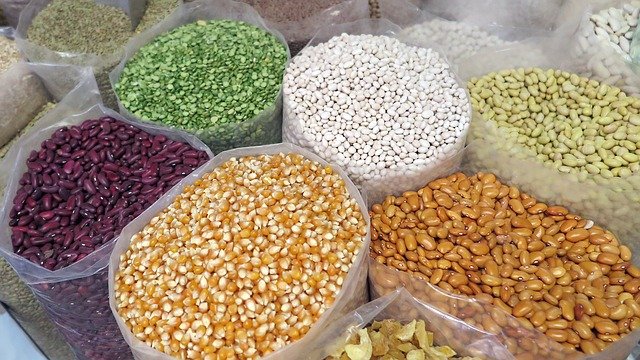Unless you have been living on a different planet, you are well-aware of the concerns with our food supply. The war in Europe has impacted our wheat and grain supplies – and many experts fear the worst is yet to come.
Some people prefer to not be informed of the challenges we face. After all, we’ve been through a tough few years with the Covid outbreak, terrible political mess, and recession that is making it difficult to get by. I don’t blame folks for wanting to avoid reading or watching the news because it’s exhausting to see what is going on in the world. But avoidance can’t stop what’s coming because you can’t control the things that affect the world’s food supply.
With the difficulties, this writing is about doing something to better prepare your family for the  challenges. We are going to discuss the Importance of Having a Survival Seed Bank.
challenges. We are going to discuss the Importance of Having a Survival Seed Bank.
There’s an impending sense that a major food crisis is on the way and the government is trying to prepare right now for that crisis. But if you know anything about how the world is run, then you know that if you’re not the one in charge of your family’s food supply, you and your loved ones could very well end up standing in a ration line or worse – going hungry.
Far too many people have the mistaken belief that if something bad does happen that interrupts their access to food supplies, the government will have a backup plan to save their family.
When millions upon millions of people rely on the same belief that there will be enough to go around, they’re going to end up disillusioned. There won’t be. The government isn’t going to be prepared for any major food crisis.
Why? Because they simply can’t stockpile enough food to feed millions of people for a long term situation. You might think that the hope for relief from a food crisis lies at the base of Mount Plateau in the depths of the Svalbard Global Seed Vault, which houses the world’s biggest seed storage.
But the seeds in this vault aren’t coming to your rescue and you won’t be able to get to those seeds. Take a look in the mirror. You’re looking at the person who’s your best chance of survival.
It’s up to you to know what to do and to be prepared for any food emergency situation. That means that you’re going to need to know how you can live off the grid. When every method of getting food is suddenly stripped away from you, it can’t be the catalyst that rocks your world.
You have to have a way to replenish your food supply long term. Even if you have some canned goods socked away in the event of a food catastrophe, having goods that will last you a few years isn’t enough.
You have to be able to bring food back in. And if there’s no way to get food from a grocery store and the government’s hands are tied, then what are you going to do? You need to be able to have a survival garden that will take care of you and your family’s nutritional needs for many years to come.
You start this by having the seeds that you need to raise a survival garden – and you need to have enough of them to plant a few acres’ worth of food. This means that you need to have the kinds of seeds that have the ability to reproduce themselves.
They’ll keep on producing for you. And you also want to look for seeds that haven’t been modified. When you plant seeds from a seed bank, you can guarantee that you’ll have food year after year – regardless of what’s going on in the rest of the world.
By using seeds from the foods you grow (and replanting those once your crops come in), you’ll ensure that your food supply will continually produce. You want to make sure that you look for seeds that offer a lot of produce return as well as ones that are high in nutrition and are long lasting.



